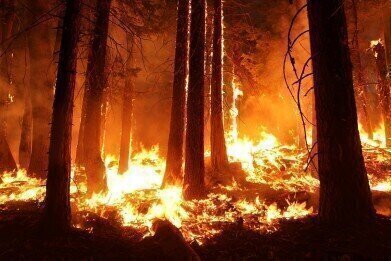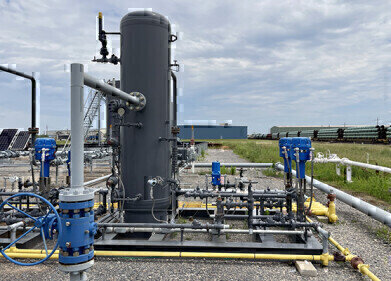Air Clean Up
How Much Pollution Is Caused by Wildfires?
Sep 22 2018
As climate changes continues to dominate the daily headlines with ever more frequency, the pollution caused by these extreme weather events is also increasing. Whether it’s the land and sea pollution caused by tropical rain storms or the vast amounts of air contamination caused by spontaneous wildfires, it seems that damage to the environment is waiting just around every corner.
In order to try and better understand the latter phenomenon, a team of chemical engineering scientists from Brigham Young University (BYU) in Provo, Utah have struck upon a method of modelling the air pollution caused by wildfires. While existing methods of pollution projection do exist, they are often too complex and expensive to be viable on a smaller scale. The BYU method aims to provide a more economical and manageable alternative.
Understanding the flames
“Billions of dollars are spent on fighting wildfires and this summer it felt like the whole West was on fire,” explains David Lignell, lead author on the paper. “Besides emissions, soot impacts thermal radiation and flame temperature, which can be important factors in fire spread. Ultimately, understanding the basic physical processes in fires and being able to accurately model them under realistic conditions will aid in predicting smoke emissions and related health effects.”
The BYU study is sponsored by the US Departments of Agriculture and Energy and uses rudimentary techniques to capture data about wildfire behaviour, such as vacuuming sample air from an open flame. This data is then processed into a physical model which can provide clues as to how much soot, smoke and other harmful emissions will be produced by a wildfire in the full throes of combustion.
Predicting prescribed burns
The model has been developed primarily to help identify how prescribed burns will affect the surrounding environment. A prescribed burn is one that is intentionally carried out by the USDA Forest Service in order to minimise the chances of a natural wildfire occurring. It’s vital, says co-author Alex Josephson, to understand the consequences of a prescribed burn before undertaking it.
“When a natural wildfire occurs, no one is responsible for the emissions because it is an act of nature,” he explains. “But when the Forest Service wants to prescribe a fire, then suddenly you are responsible for the smoke and the emissions coming from it. You better understand the emissions before starting a fire that could have serious effects on surrounding communities.”
A help to us all
While we might think of wildfires as something that are more exclusively the realm of hotter climates, including places like the USA, Australia and Asia, it should be remembered that they can happen in the UK as well. Just this year, the Saddleworth Moor fire caused significant amounts of pollution to neighbouring areas, including the nearby metropolis of Manchester.
What’s more, the alarming rate at which climate change appears to be progressing makes these kinds of incidents all the more likely in the future. As such, the work done by BYU and the Forest Service could prove invaluable in allowing us to better understand - and therefore be better prepared to deal with - wildfires, wherever and whenever they may occur.
Events
Apr 22 2024 Hannover, Germany
Apr 23 2024 Kuala Lumpur, Malaysia
Apr 24 2024 Sao Paulo, Brasil
May 05 2024 Seville, Spain
May 13 2024 Munich, Germany














